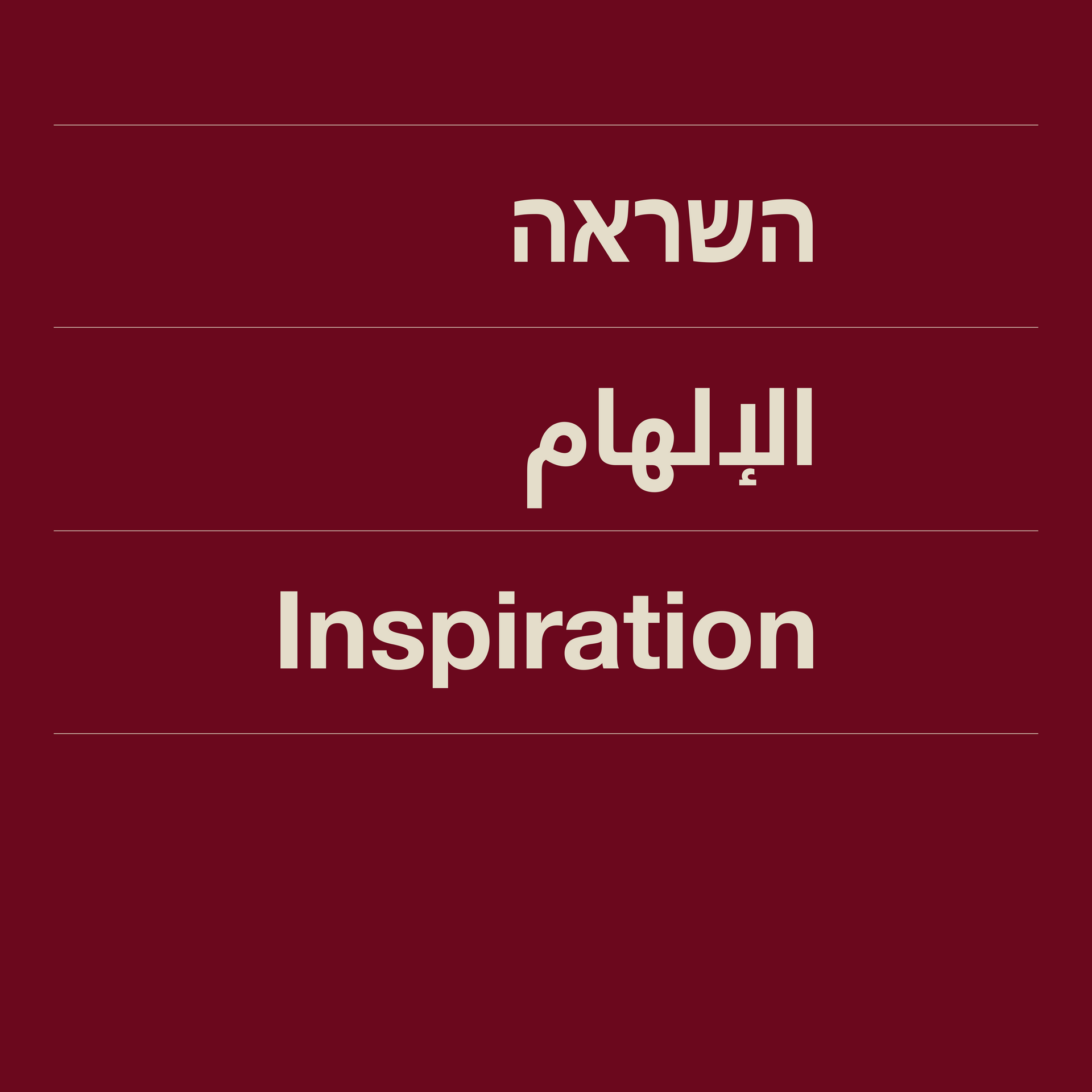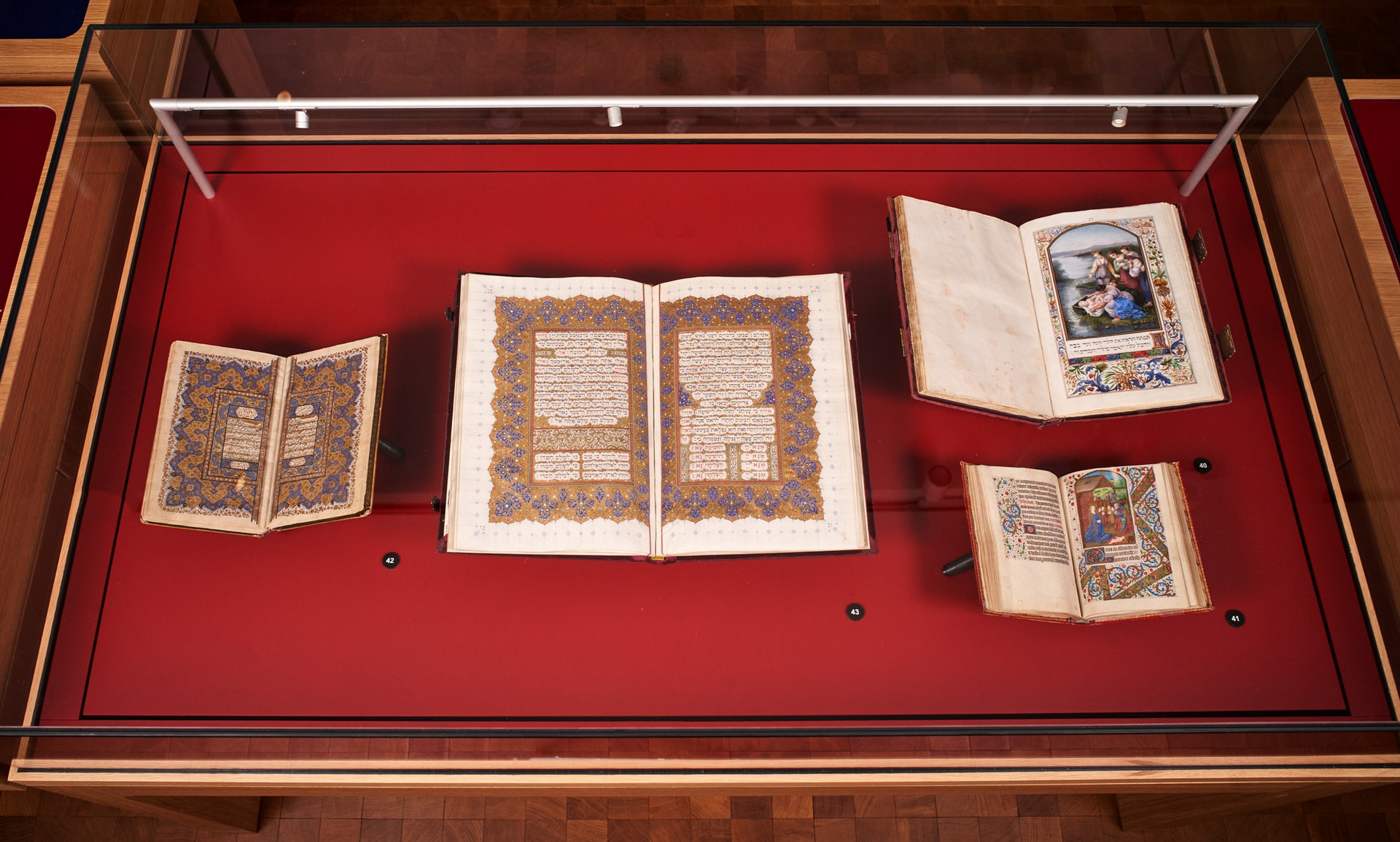
Jewish manuscript culture is always intertwined with the surrounding culture. Drawing from non-Jewish sources might involve the reinterpretation of existing imagery in response to religious, political or cultural differences, or it might be the result of a unique artistic blend.
Two nineteenth-century Braginsky manuscripts are examples of that last category. The first is the only Hebrew manuscript known to have been decorated by a female artist, Charlotte von Rothschild (1807-1859). Her Haggadah (no. 40) was partially based on a collaboration with painter Moritz Daniel Oppenheim (1800-1882). During a joint visit to the Bibliothèque nationale in Paris, a Latin manuscript inspired them.
The scholar Evelyn Cohen notes that the illuminated border may have been inspired by 'the Book of Hours of Frederick Ill of Aragon .... The border design framing the figure of Saint Barnabas ... is almost identical to that of [one of the opening pages of] the Haggadah'. The NLI holds an earlier French Book of Hours (no. 41) resembling the Paris manuscript.
An illuminated Quran manuscript in the NLI collection (no. 42) sheds light on a later Braginsky Haggadah (No. 43).
The opening of this Arabic manuscript's Sura is illuminated in a style from 1650s Shiraz, Persia. The Braginsky Haggadah was probably produced in Paris in the 1870s by the non-Jewish Victor Bouton for a Jewish patron. Every page displays variant forms of the Islamic border design, making this a unique example of a Christian artist/scribe copying Islamic designs into a Jewish manuscript.
